Top 3 Signs Your HVAC Ductwork Is Leaking
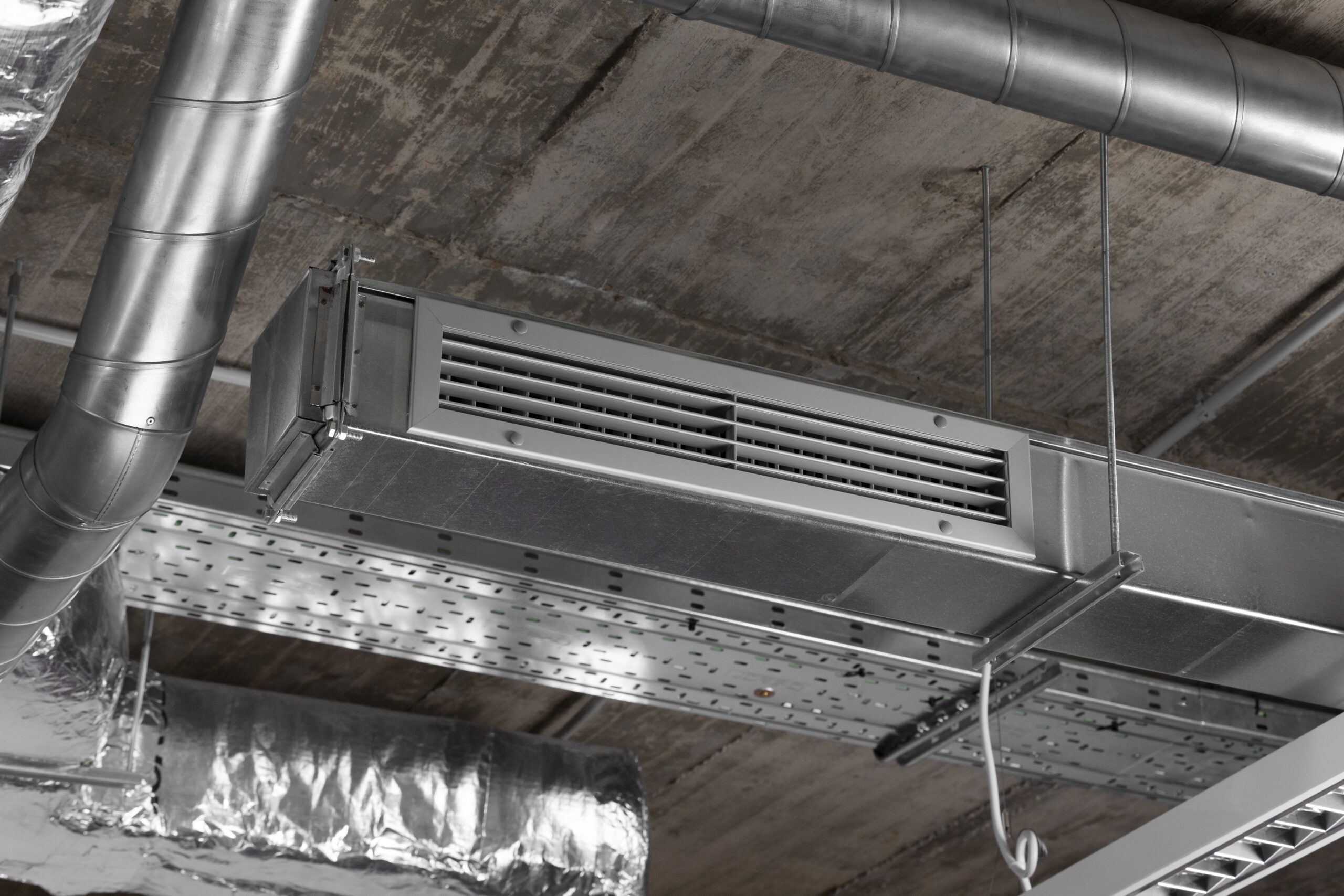
Alright, let’s talk about one of the most forgotten parts of your home: the ductwork. You know, those metal or flex tubes snaking through your attic, basement, or crawlspace. Out of sight, out of mind, right? Until they’re not.
For years, I didn’t give my ducts a second thought. Then, I noticed my upstairs was always a solid ten degrees warmer than downstairs, my energy bills were creeping up for no reason, and I was dusting my TV stand every other day. It felt like the house was fighting me. Turns out, it kinda was. The problem was a case of HVAC ductwork leaking—something I never would have guessed was such a big deal.
If your home comfort has felt a little out of whack lately, here are the top three signs your ducts might be the sneaky source of the problem.
1. Your Wallet is Feeling the Pain: Unexplained Spike in Energy Bills
This is the one that usually gets people’s attention. You haven’t hosted a family reunion, you’re not mining Bitcoin in the spare room, and the thermostat settings haven’t changed. But when you open that monthly energy bill, you do a double-take. Why is it so high?
Here’s the simple, frustrating reason. The HVAC system is the heart, and the ductwork is essentially arteries and veins. If there’s a leak in one of those arteries, the heart has to exert much greater effort to pump blood where it goes. If your HVAC ductwork has leaks, that perfectly conditioned air for which you have paid will never reach your living room or bedroom. Instead, all that air-conditioned air is going into the attic, the crawlspace, or between the walls for free. You are paying the bill to condition the attic.
Your furnace or AC unit, a loyal but dumb appliance, senses the house hasn’t reached the temperature you asked for. So, it just keeps running and running, guzzling energy and driving up your bill. It’s a vicious cycle of wasted money and a system being run into the ground.
2. The “Room of Requirement” Problem: Wildly Uneven Temperatures
Does your home have that one room that just refuses to get comfortable? The back bedroom that’s an icebox in winter or the sunroom that feels like a sauna in summer? We often blame poor insulation or old windows (and they can be factors), but leaky ducts are a prime suspect.
I experienced this firsthand. My home office, at the far end of the house, was always stuffy. I’d crank the AC, making the rest of the house Arctic, just to make my office tolerable. The issue? The flexible duct leading to that room had a tear where it connected to the main trunk in the attic. Most of the cool air was escaping before it ever had a chance to reach the vent. The rooms closer to the air handler got a blast of air, while my office got the leftovers.
This is a classic symptom of HVAC ductwork leaking. The air takes the path of least resistance. If there’s a big gaping hole halfway to your bedroom, the air will happily escape there instead of pushing all the way to the vent. You can test this yourself. On a day when your system is running, walk around and feel the airflow from each vent. If some are blowing strong and others feel weak or non-existent, you’ve got a strong clue pointing to a leak or a disconnect in the system.
3. Your House is Dustier Than An Antique Shop & Smells a Bit…Off
This was the final clue for me. I’m not a neat freak, but the rate at which a fine layer of dust would settle on everything was getting ridiculous. And sometimes, when the heat kicked on for the first time in the fall, there was a faint, musty smell.
This isn’t just “house dust.” This is a direct result of your ductwork acting as a whole-house vacuum. Return duct leaks create negative pressure. Instead of simply sucking air from your rooms, they begin pulling air into their ducts from wherever they happen to be—the dusty fiberglass-insulated attics, or those damp, earthy crawlspaces. That dust, mold spores, and insulation particles are sucked directly into your system and then blown into every room in your house. Your air filter can’t help, because this pollution is coming in behind the filter. That is a huge problem in indoor air quality, so fixing leaky ducts can be a major blessing for anyone suffering from allergies or asthma.
So, What Can You Actually Do About It?
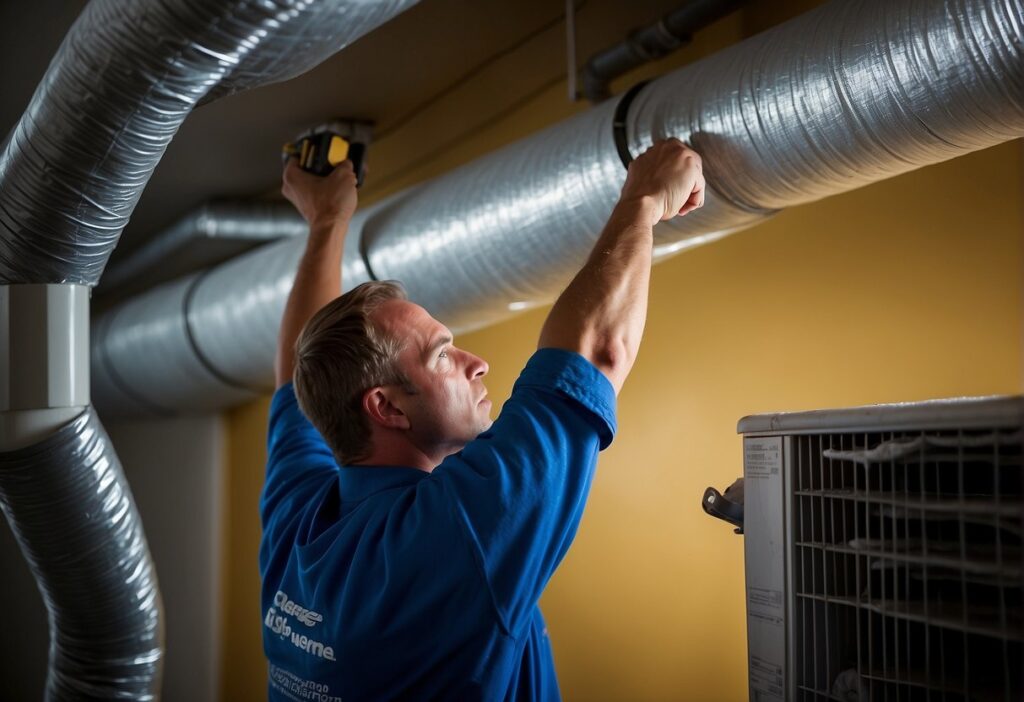
Okay, so you’re nodding along. This all sounds a little too familiar. What now?
- Play Detective (The Simple Stuff): If you’re comfortable, take a flashlight and take a peek in your attic or crawlspace. You’re not looking for tiny holes; you’re looking for the obvious stuff. Are any ducts completely disconnected? Is a flexible duct crushed or look like it has a gash in it? With the system on, you can feel near joints for blowing air. It’s not a perfect test, but it can find the big, obvious problems.
- Call in the Pros (The Real Solution):For most of us, this is the answer. Look for a local HVAC company that offers a “duct leakage test” or “duct blaster test.” It sounds fancy, but it’s the only way to know for sure. They use a fan to pressurize your duct system and can literally measure how much air you’re losing. It quantifies the problem and shows you exactly how bad it is.
- The Fix Is In (Sealing the Deal):The solution isn’t duct tape—despite the name, it’s terrible for this job and falls apart quickly. A pro will use a gooey paste called mastic or special, UL-181 rated foil tape to seal joints and small holes from the outside. For leaks that are hard to reach, they might use an aerosol-based sealant that gets blown through the ducts, plugging leaks from the inside. It’s pretty clever stuff.
Fixing a problem with HVAC ductwork leaking isn’t the most glamorous home repair, but I’m telling you, the difference is night and day. My bills went down, my house feels consistently comfortable, and I’m not constantly battling dust. It’s one of those behind-the-scenes fixes that makes your entire house just… work better.
Now, here’s the part where my professional hat goes on. Seeing this problem in my own home is exactly what made me so passionate about helping our customers with it here at Lockey Heating and Air. We see this all the time, and honestly, it’s one of our favorite fixes because the results for the homeowner are so immediate and rewarding. If any of this story sounds familiar, don’t hesitate to give us a call. We can come out, do a proper duct blaster test to find the leaks without guessing, and give you a straightforward plan to seal things up.
Let us help you stop throwing money and comfort into your attic and start enjoying a home that works as hard for you as you do for it.

Is Your Air Conditioner Whispering for Help? A Belton Homeowner’s Guide to Staying Cool
There’s a special kind of silence that falls over a house in a Belton summer when the air…

HVAC UV Light Installation: How It Improves Air Quality in Your Home
Alright, let’s be real for a second. You kick off your shoes, slump onto the couch, and finally take…
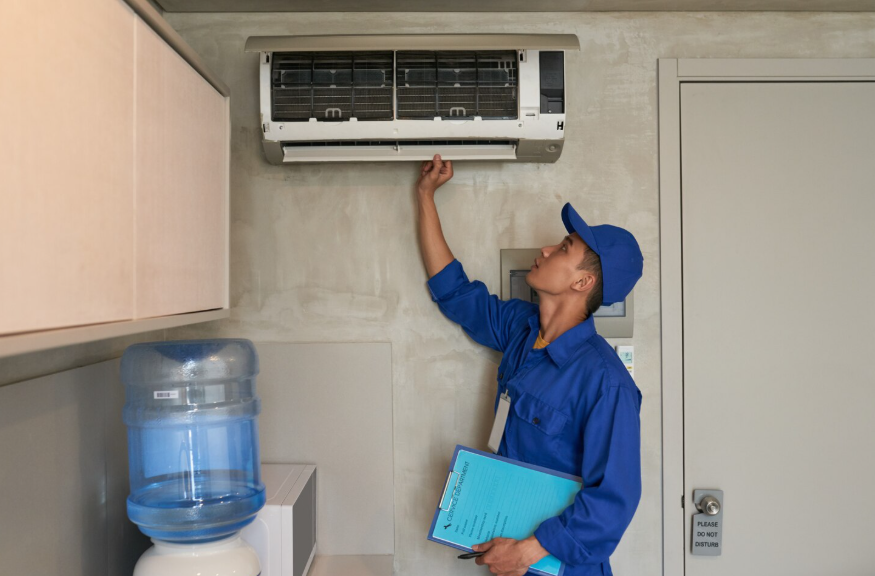
Breathe Easy, Belton: How Professional HVAC Services Keep Your Home Perfect Year-Round
Living in Belton means enjoying real-deal Texas living – from lazy walks along Nolan Creek to cheering at the Bell County Expo. But let’s be honest…
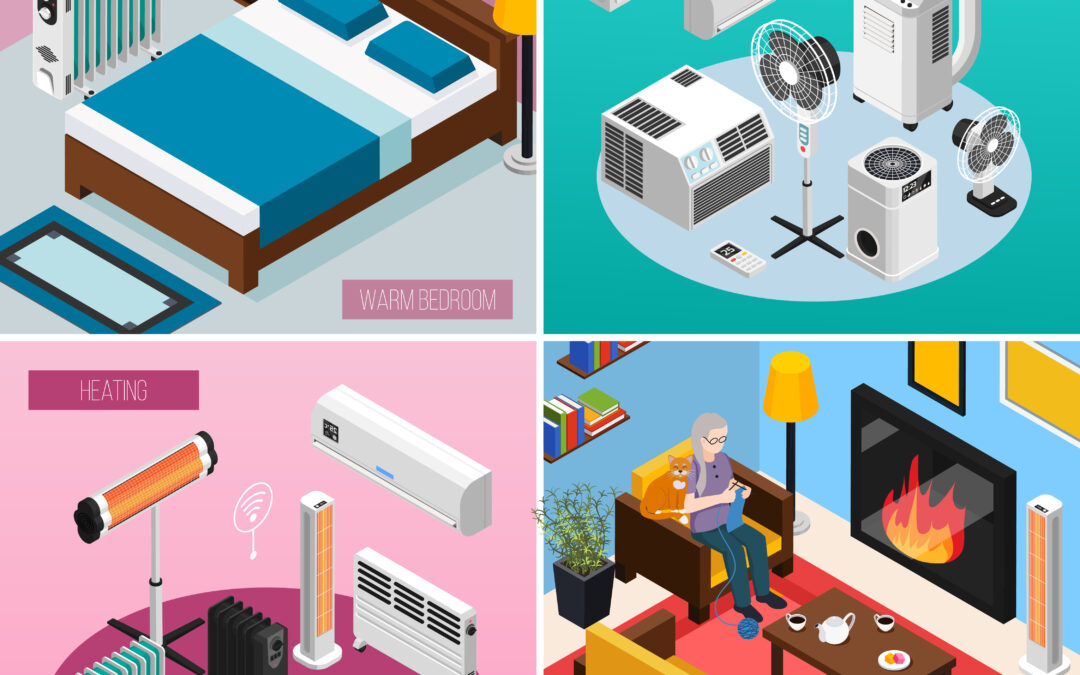
Is a Ductless Mini-Split System Right for Older Homes?
You love your old house. The thick trim work, the pocket doors, the way the sunlight hits the original hardwood floors.
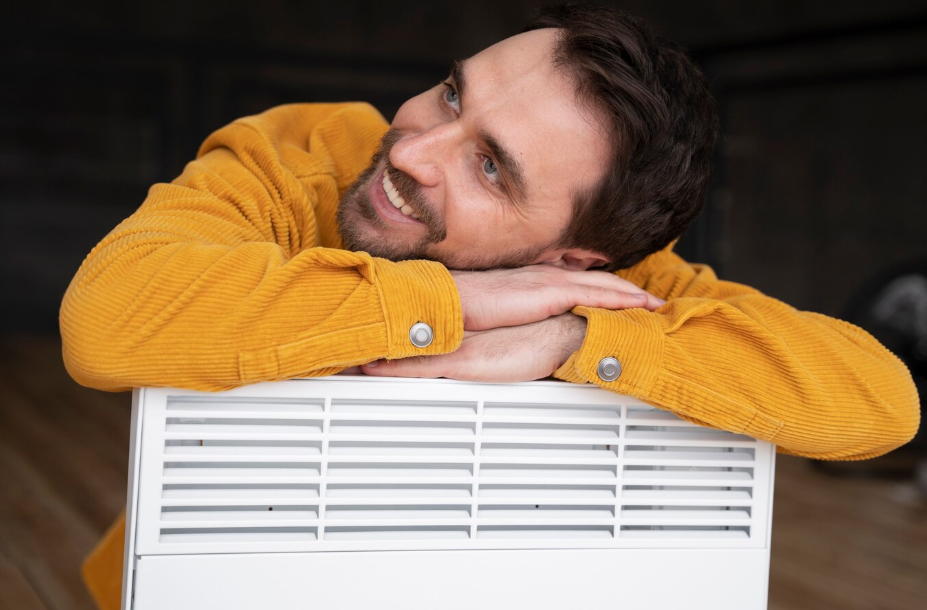
Breathe Easier: Demystifying HVAC Filters for Cleaner Indoor Air
You change your HVAC filter religiously, but still wake up stuffy. Your “allergy-friendly” filter claims to capture dust…
